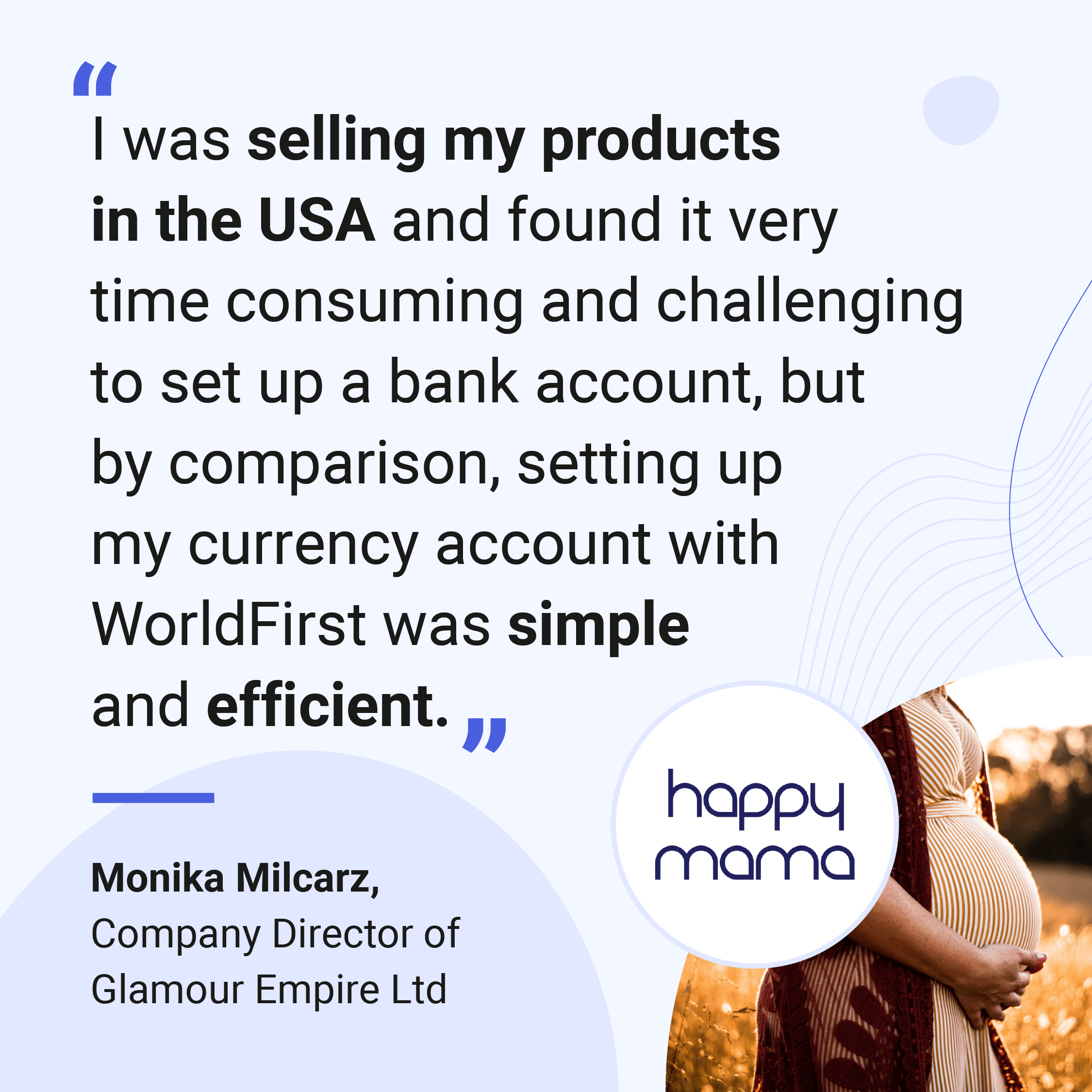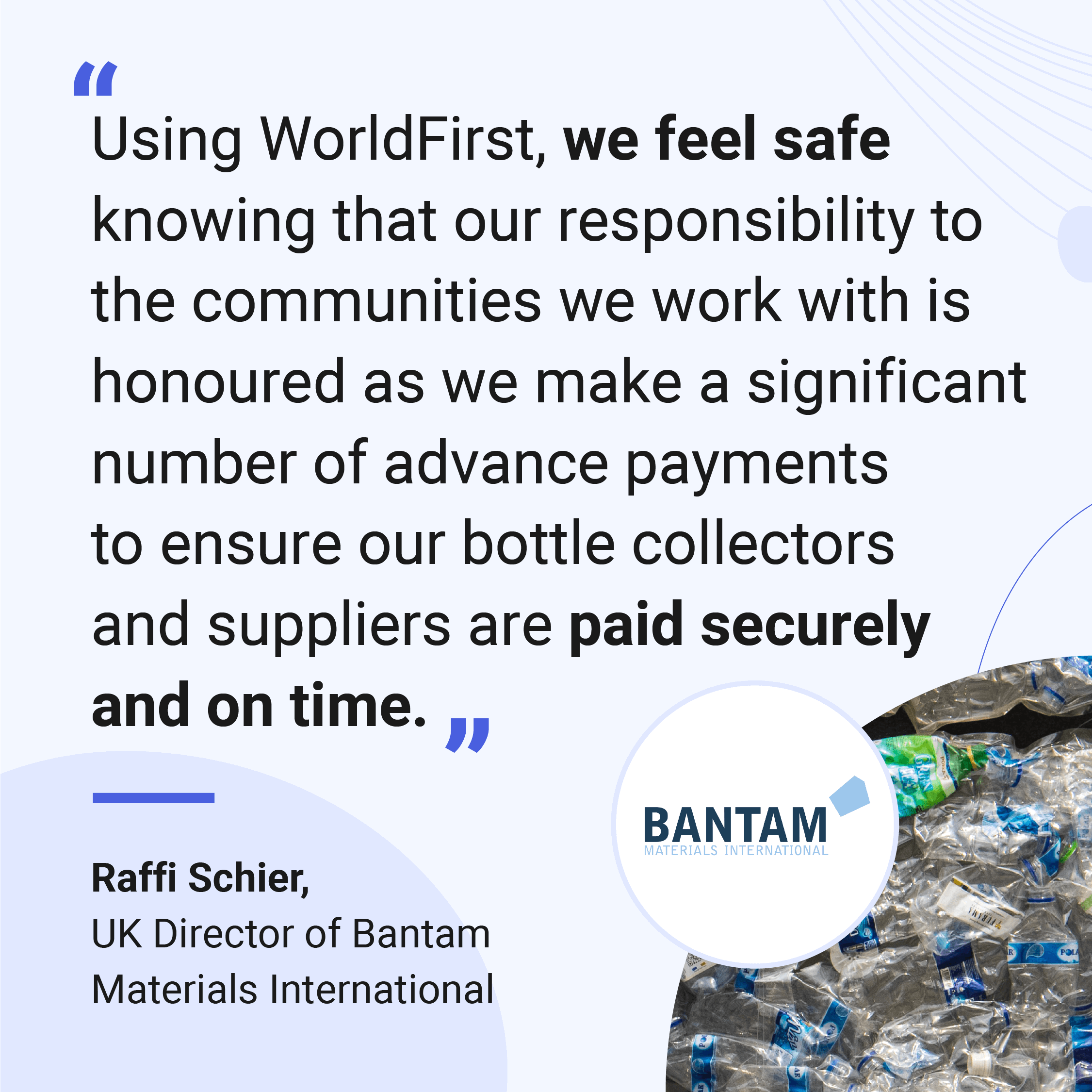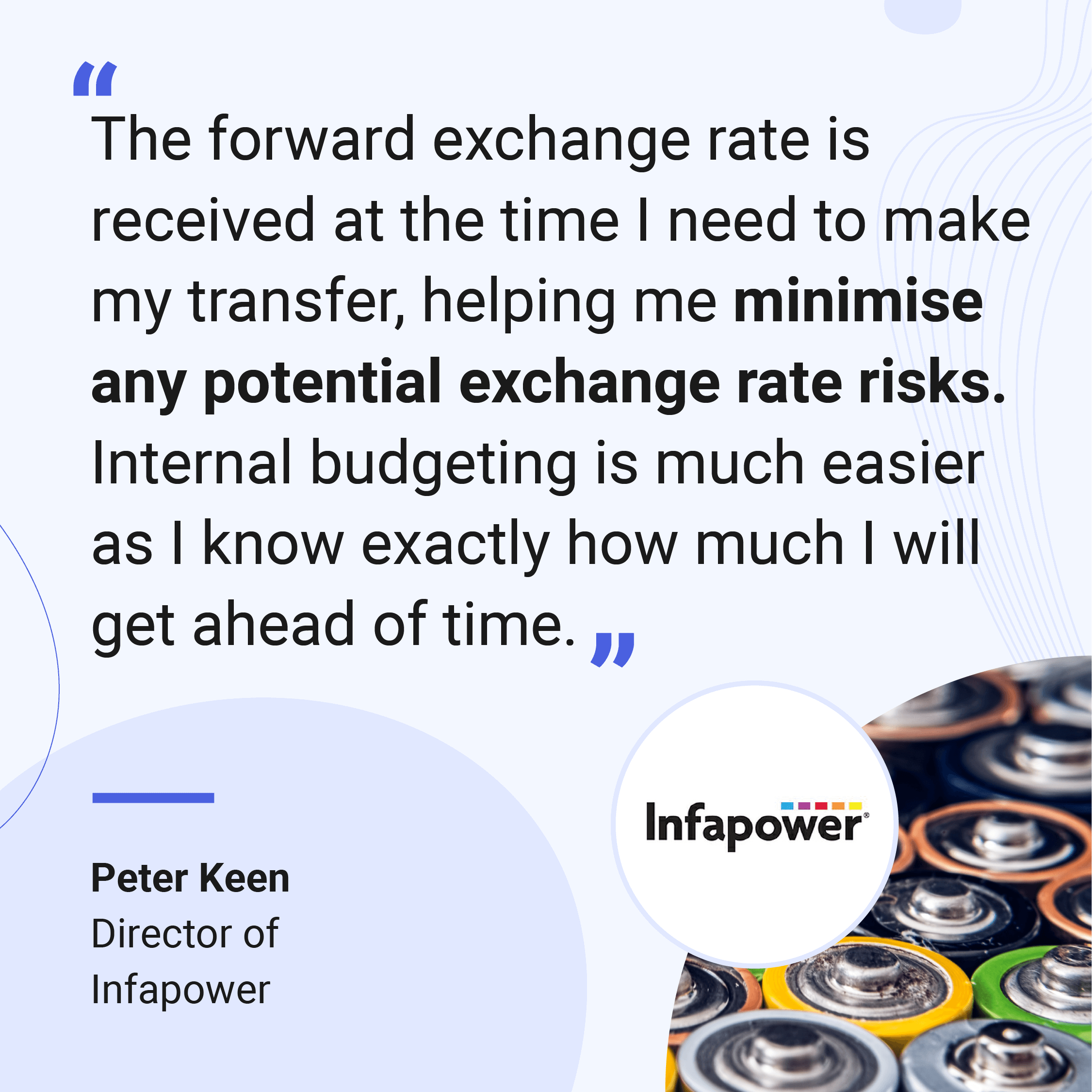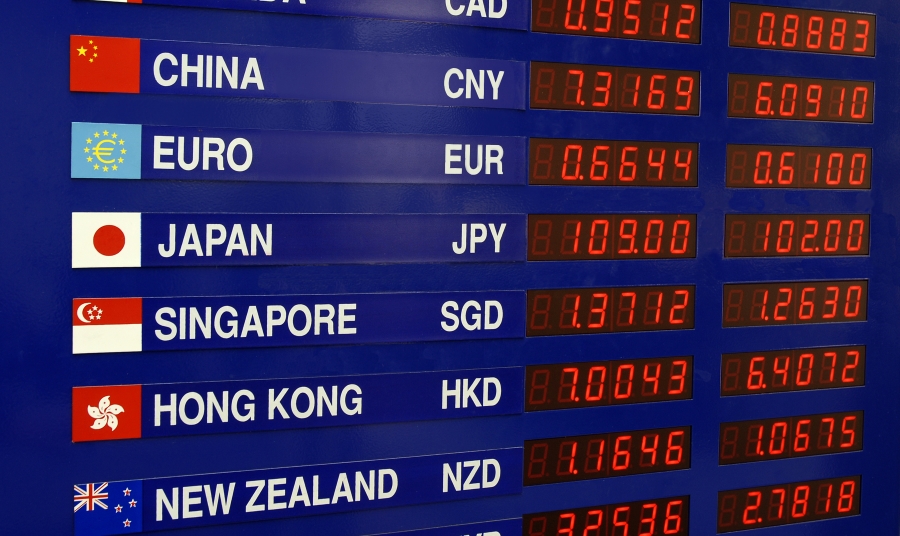
Many successful UK-based marketplace sellers eventually expand overseas. Some of them choose Europe, while others focus on emerging markets like South America and East Asia. All of them have to deal with some element of risk — and that’s where operational risk management strategies come in.
On the whole, companies that follow risk management best practices tend to expand more successfully than those that don’t. But what are the best ways to manage risk? In this article, we’ll explore five of the best tactics to protect business capital during overseas expansion.
- Why expand internationally?
- What is risk management?
- Top 5 operational risk management best practices
Why expand internationally?
The reasons to expand internationally go beyond profit potential. Going global can help you capture a larger market share, attract talent and grow your brand all over the world. Let’s look at four of the biggest reasons small businesses in the UK expand overseas:
- Brand exposure: Businesses that expand overseas successfully gain brand exposure and greater credibility.
- Investment opportunities: Governments in emerging economies sometimes offer incentives to foreign businesses looking to invest overseas.
- Market diversification: When companies expand internationally, they diversify their revenue streams, potentially stabilising worldwide business income.
- Competitive advantage: Business in swift-moving, highly competitive industries gain advantage over their rivals if they expand into global markets successfully.
What is risk management?
One of the biggest barriers to international expansion is risk. Business risk describes the pitfalls of not making enough profit to cover expenses. Or the effects of losing equity value due to uncertainties in the market. Market uncertainties include things like changing consumer preferences, increased competition, new trade agreements, government regulations and changes in stock or currency markets.
Business risk usually falls into one of the following categories:
- Strategic risk
- Compliance risk
- Operational risk
- Reputational risk
In simple terms, operational risk management is minimising — or totally avoiding — the risks associated with supply and demand uncertainties. A diverse product lineup might protect against the operational risk of changing consumer tastes, for example.
Business analysts look at the potential sources of risk, and then they calculate probable risk by examining four different ratios:
- Contribution margin
- Operation leverage effect
- Financial leverage effect
- Total leverage effect
Company executives can use that information to come up with an operational risk management plan. Next, we’ll look at five of the most effective risk management best practices.
Open a World Account for free
- Open up to 15 local currency accounts, with local sort codes, account numbers and IBANs
- Collect secure payments from 130+ marketplaces, overseas buyers and payment processing gateways
- Pay suppliers, partners and staff in 40 currencies without hidden fees
- Pay and get paid easily with local bank details on your invoices
- Lock in conversion rates to manage your currency risk
Top 5 operational risk management best practices
To manage risk effectively, you need to know what you’re up against. Here are five best practices you can use to minimise uncertainty as you move into a foreign market.
1. Evaluate the market
Before you do anything else, assess your prospective market to find out how your competitors are doing. Some larger companies check rivals’ credit reports; smaller businesses generally perform manual performance analyses instead. You may also be able to hire a risk analysis firm to conduct a market evaluation for you.
At this stage, it’s also important to ensure your product fills a void in the market. Is your pricing structure competitive? Is your product unique enough to stand out? Market research, including surveys, can help you modify your sales pitch to suit your new consumer base.
2. Identify customers
Next, you need to identify target consumer subgroups in your potential market. Broadly, it’s sensible to assess cultural differences to ensure the product or service you sell is appropriate. Targeting specific consumer groups can help you gather better leads, which can significantly improve your conversion rate.
Many companies create unique buyer personas to help them visualise consumers in new markets. Great research is the key to an effective persona: take your rivals’ customer demographics and preferences into account, for instance, and dedicate time to tracking your audience’s social media platform preferences.
3. Assess rules and regulations
Before you ‘set foot’ in a new market, read up on local government regulations to ensure you know (and follow) the rules. Some governments welcome foreign investment, while others make it difficult for overseas companies to establish themselves. Look at grant options for new businesses in your target market — and don’t forget to review your tax obligations.
4. Create realistic KPIs
Many businesses apply the same KPIs to new markets as they do to existing markets — but this can be a mistake. It could take you much longer than expected to settle into a new market. If you set the bar too high, you might assume that your expansion strategy has failed when it actually hasn’t.
If you can, work with a market expert to define rough KPIs for the first few months of your expansion strategy. Then, use the data you gain to create custom KPIs going forward.
5. Use a currency transfer partner
Currency fluctuations and transfer fees represent one of the biggest challenges that marketplace sellers face when they expand internationally. Currency values in emerging markets aren’t always stable over time, and bank fees can get expensive very quickly.
Using a payment partner like WorldFirst can help you access affordable transaction fees and reduce the risk associated with currency fluctuation. WorldFirst lets you lock in a conversion rate up to two years in advance, so you know where you stand financially for a longer period of time.

Businesses like yours trust WorldFirst
- Almost 1,000,000 businesses have sent $150B around the world with WorldFirst and its partner brands since 2004
- Your money is safeguarded with leading financial institutions
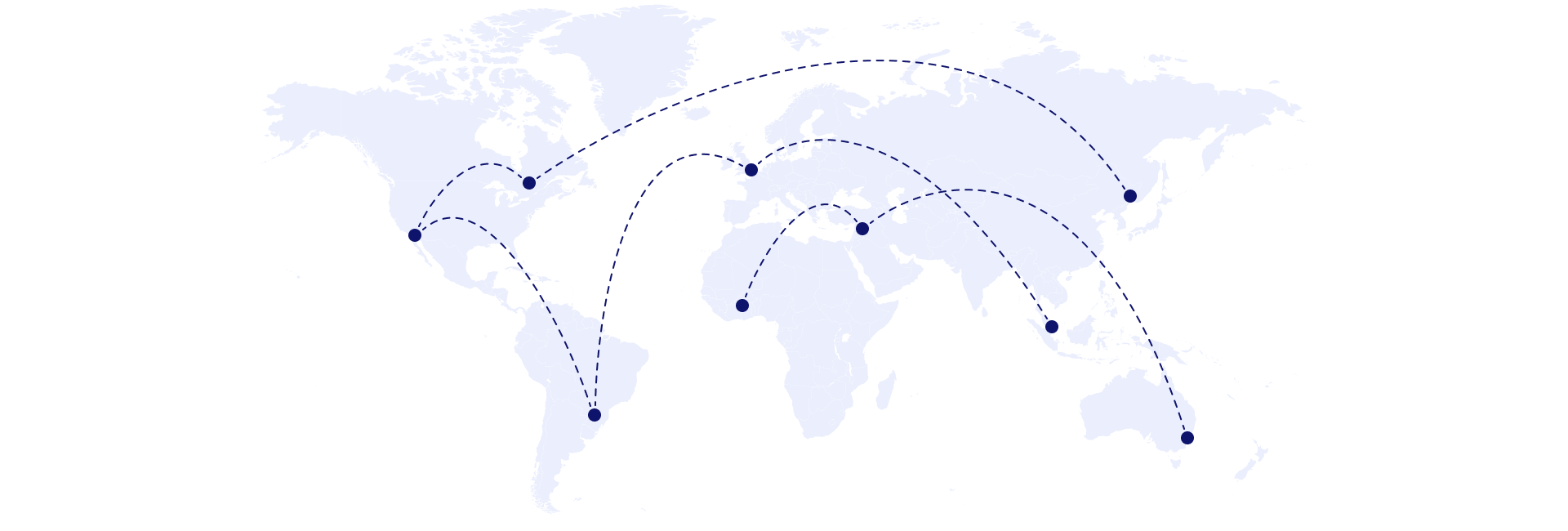
What our customers say about our services
